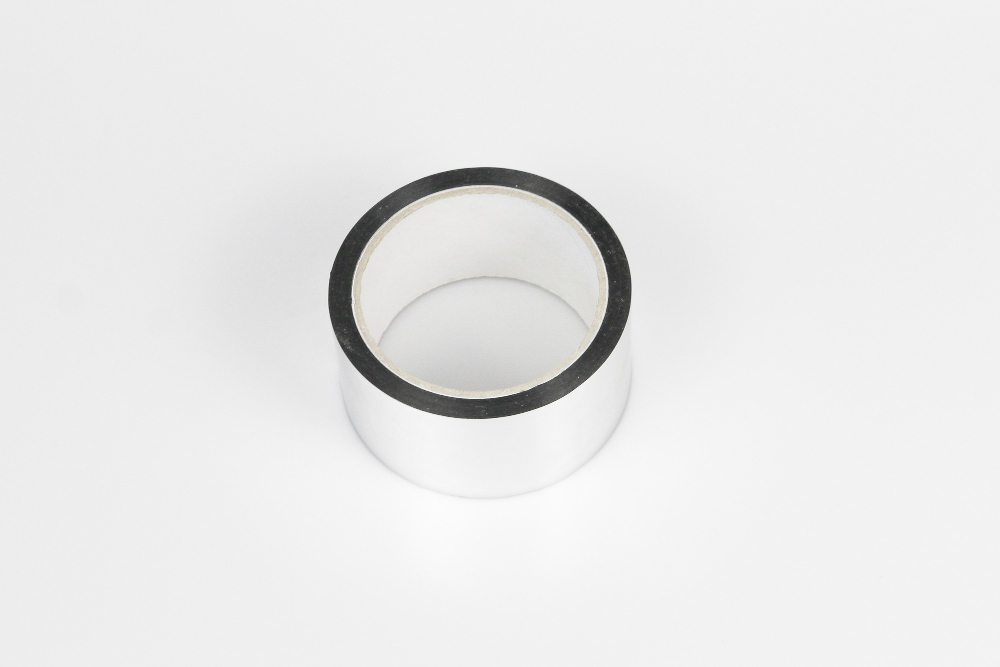Is Duct Tape Flame Resistant?

When considering duct tape’s flame-resistant properties, it’s essential to differentiate between standard duct tape and specialized flame-retardant variants. Standard duct tape isn’t designed to withstand high temperatures, degrading above 140°F and posing fire hazards. Though some tapes claim flame resistance, they may not meet stringent safety standards for high-risk environments. Understanding these distinctions can influence decisions where fire safety is paramount, but what truly sets flame-retardant tapes apart?
Understanding Flame-Retardant Properties in Duct Tapes
Although standard duct tapes are widely used for their versatility, they lack inherent flame-retardant properties. This limitation means their flame resistance is practically non-existent, as exposure to heat above 140°F degrades their adhesive performance considerably. The adhesive softens, leading to potential failure, which can pose safety risks in environments demanding high flame resistance. In addition, standard duct tapes don’t meet fire safety certifications required by building codes. Their propensity to produce toxic smoke when burned further limits their applicability in high-heat contexts. In contrast, specialized flame-retardant duct tapes are engineered to withstand such conditions, incorporating advanced materials and formulations. Without flame resistance, standard duct tapes are unsuitable for use in regions with stringent safety regulations, such as California.
Key Features of Flame-Resistant Duct Tapes
Flame-resistant duct tapes stand apart through their integration of advanced materials and engineering, vital for meeting safety standards in demanding environments. Material innovation plays a pivotal role, employing flame-retardant backings like PE-coated cloth and halogen-free formulations. These features minimize toxic emissions during combustion, exemplified by products such as tesa® flameXtinct. Additionally, natural rubber adhesives provide strong adhesion while enhancing fire resistance, as seen in Polyken 235FR and Americover 268FR tapes.
Performance characteristics are another critical factor. High tensile strength ensures durability under mechanical stress, while a broad temperature range (-15°C to 105°C) enhances stability. Conformability allows these tapes to adhere to complex surfaces, guaranteeing effective fire prevention in intricate setups. These attributes collectively define flame-resistant duct tapes’ superiority over standard varieties.
Applications of Flame-Retardant Duct Tapes
Flame-retardant duct tapes play an essential role in enhancing safety across a wide range of applications. In industrial uses, they effectively seal HVAC systems, preventing heat loss and containing flames during fires, hence significant for fire safety. These tapes insulate electrical wiring, protecting cables from high temperatures and preventing potential damage. They create fire-resistant seals in industrial machinery, safeguarding equipment from intense heat. In chemical processes, flame-retardant tapes insulate systems handling flammable materials, mitigating exposure risks. They also protect components in heavy equipment exposed to extreme heat. Beyond industrial applications, these tapes are instrumental in construction, transportation, and electrical sectors, consistently meeting stringent fire safety standards and ensuring compliance with relevant codes and regulations. Their versatility underscores their importance in safety-critical environments.
Safety and Health Considerations
While flame-retardant duct tapes offer significant benefits in diverse applications, understanding their safety and health implications remains paramount. Standard duct tapes, not inherently flame-retardant, present serious fire hazards due to their cloth backing and rubber adhesive, which can rapidly ignite and sustain flames. This combustion process often releases toxic fumes, harmful to both health and the environment. Inadequate fire protection from standard tapes can compromise safety in industrial settings, particularly where high temperatures or electrical materials are involved. Additionally, burning synthetic polymers may emit hazardous chemicals, posing respiratory risks. Flame-retardant variants mitigate these dangers by self-extinguishing upon flame removal, aligning with safety standards and reducing the risk of toxic emissions, thereby ensuring a safer working environment.
Choosing the Right Flame-Resistant Duct Tape
When selecting the right flame-resistant duct tape, understanding the key differences between tape types is fundamental for guaranteeing safety and compliance in various applications. Product selection hinges on factors like temperature thresholds and industry standards. Standard duct tape, unsuitable for fire-prone areas, softens above 200°F (93°C). Conversely, fire-resistant tapes, with flame-retardant adhesives and heat-resistant backings, withstand 400–600°F (204–316°C). Compliance with UL 181B-FX or NFPA 701 is essential for HVAC and industrial uses.
Tape performance is dictated by adhesive strength and durability. Rubber-based adhesives offer robust bonding, while reinforced backings resist wear. Environmental resistance, such as moisture protection, is significant for outdoor applications. Prioritizing tapes with the correct specifications mitigates fire risks and guarantees regulatory alignment.
Frequently Asked Questions
Can Flame-Resistant Duct Tape Be Used in Outdoor Environments?
Flame-resistant duct tape can be used outdoors due to its outdoor durability and temperature tolerance. However, users should consider environmental conditions, and specific application needs to guarantee ideal performance and safety in potentially harsh outdoor settings.
How Does Flame-Resistant Duct Tape Compare to Regular Duct Tape in Cost?
The cost comparison reveals significant pricing differences between regular and flame-resistant duct tape. Specialized materials and compliance with safety standards drive flame-resistant tape prices 20-40% higher. Bulk pricing and certifications further increase costs, reflecting their enhanced performance.
Are There Eco-Friendly Flame-Retardant Duct Tape Options Available?
Eco-friendly duct tape alternatives exist, utilizing materials like cotton paper and acetate cloth. They incorporate non-halogen adhesives for reduced emissions. Options like Neware® 903A and Tesa® flameXtinct tapes demonstrate cautious innovation in combining sustainability with performance.
Can Flame-Resistant Duct Tape Be Painted Over for Aesthetic Purposes?
They analyzed whether flame-resistant duct tape could be painted for aesthetic finish. They found paint adhesion might fail, compromising safety. Cautious evaluation of compatibility is essential, as aesthetic changes can affect the tape’s flame-retardant properties.
How Should Flame-Resistant Duct Tape Be Stored to Maintain Its Properties?
To maintain its properties, flame-resistant duct tape requires ideal storage conditions: cool, dry spaces, airtight packaging, and avoidance of UV exposure. Maintenance tips include regular inventory checks and avoiding proximity to heat or chemicals, ensuring longevity.




